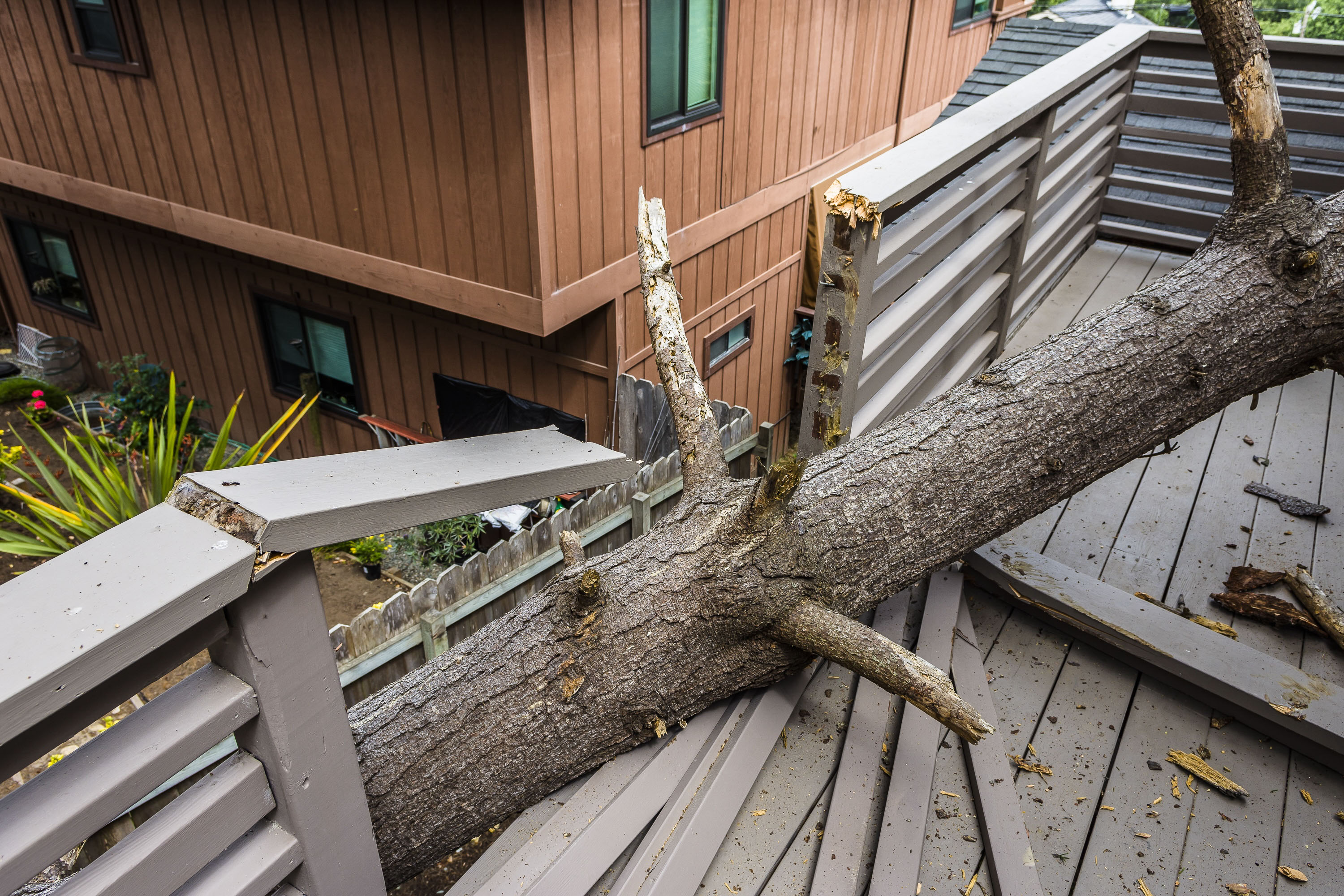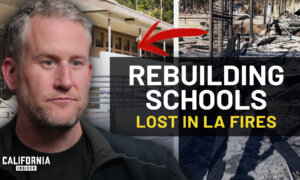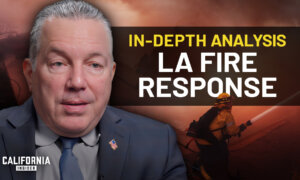California has 39 million residents, with 43.5 percent owning homes. Many of these homeowners are struggling to find insurance for their homes. The preponderance of wildfires in California has made many insurance companies shy away from writing new policies.
California’s insurance commissioner, Ricardo Lara, thinks reforms to the state’s insurance laws will lure insurance companies back with California’s Sustainable Insurance Strategy. But what is this strategy, and can it help California’s homeowners?
California’s Insurance Crisis
In the past five years, California has experienced
6,269 wildfires that burned 995,829 acres. And during that five-year period, there was
$18.7 billion in property damage.
Insurers took notice, and seven out of California’s 12 biggest insurance companies, by market share, limited new homeowners’ policies and didn’t renew others. These companies included State Farm, Allstate, Farmers, USAA, Travelers, Nationwide, and Chubb.
Those who were current customers saw rates increase. For example, according to Insurance Business magazine, State Farm was approved for a 20 percent adjustment effective March 15, 2024. That was on the heels of a recorded homeowners loss ratio of 84 percent in the first nine months of 2023.
California needed to do something, and its answer was the Sustainable Insurance Strategy.
What the Sustainable Insurance Strategy Entails
In 2023, the California Department of Insurance proposed the Sustainable Insurance Strategy. It is a plan to reform the state’s insurance market.
Lara and other proponents say the strategy will stabilize the insurance market by attracting insurers back to the market, protecting consumers by providing more coverage options, and ensuring resilience and sustainability in the face of climate risks.
There are many components of the strategy.
Transition FAIR Plan Homeowners to Normal Insurance Market
The
FAIR Plan was considered a safety net or last resort for homeowners who didn’t qualify for normal insurance due to losses or potential losses. It’s a pool of insurers required by state statute to provide fire insurance policies.
All licensed insurance companies in California provide basic fire insurance. They’re basically sharing the burden of insuring homeowners in high wildfire-risk areas. Each insurer contributes a portion based on its market share.
The FAIR Plan covers fire, lighting, smoke, and internal explosions.
This leaves the insured without many coverages that a standard policy would provide. Some coverages, however, can be purchased above and beyond the FAIR Plan.
And even if the FAIR Plan was intended only as a last resort and never meant to be a long-term solution, 95 percent of homeowners already on the plan have renewed.
The sustainability plan transitions more homeowners and businesses from the FAIR Plan to the normal insurance market. It would require an issuer to have at least 85 percent of its statewide market share in high-risk wildfire communities.
For example, if a company writes 20 out of 100 statewide homes, it must write 17 of those in a high-risk area.
The California Sustainable Insurance Strategy would have the FAIR Plan expand commercial coverage limits to $20 million. This would close insurance gaps for homeowners’ associations and condominiums, help meet the state’s housing goals, and provide required coverage to other large businesses.
Integration of Advanced Catastrophe Models
The integration of advanced catastrophe models will be used in the rate-approval process. It will better predict and prepare for climate-related events.
In the past 30 years, insurance companies applied a catastrophe factor to insurance rates based on historical wildfire losses.
These rules contributed to rate spikes and balloon premiums following major wildfire disasters. These rules didn’t consider certain climate-related risks or risk mitigation measures taken by communities or regions.
In March, the Department of Insurance announced its catastrophe modeling. It expands the use of catastrophe models to include wildfire, terrorism, and flood.
This expansion would be used for homeowners and commercial lines.
Currently, the catastrophe model is only used for earthquake losses and fire following an earthquake.
Catastrophe models are used to review the financial impact of potential disasters. It goes beyond historical loss data and uses environmental conditions from the latest scientific research.
According to the March 14 statement, the proposed regulation would provide Californians with more reliable rates, with not as many sudden and steep increases; greater availability of insurance, with insurance companies increasing writing policies; stronger oversight by the Department of Insurance; and safer communities, capturing efforts taken by government and property owners to mitigate exposure to catastrophic events.
This regulation would correct using historical data that fails to take into account wildfire mitigation.
Lara held a virtual public meeting on Sept. 17 to discuss concerns. Many people felt the wording used in the review process was unclear and, therefore, not transparent enough. Others said there was no timeline for the review process.
The executive director of Consumer Watchdog, Carmen Balber, expressed concerns that the procedure was “exempt from California’s rate-transparency requirements in order to create the false impression that somehow black box catastrophe models are being publicly reviewed and approved.”
It should be noted that catastrophe models for insurance are the norm in all states except California. California is the only state that requires insurance companies to use historical loss data based on 20 previous years.
Will California’s Sustainable Insurance Strategy Work?
California’s Sustainable Insurance Strategy is receiving positive responses from insurers due to its inclusion of catastrophe models. Lara has said current requirements are outdated.
Will the Sustainable Insurance Strategy work in convincing insurance companies to write more policies? It’s scheduled to be implemented in December.
The Epoch Times copyright © 2024. The views and opinions expressed are those of the authors. They are meant for general informational purposes only and should not be construed or interpreted as a recommendation or solicitation. The Epoch Times does not provide investment, tax, legal, financial planning, estate planning, or any other personal finance advice. The Epoch Times holds no liability for the accuracy or timeliness of the information provided.









